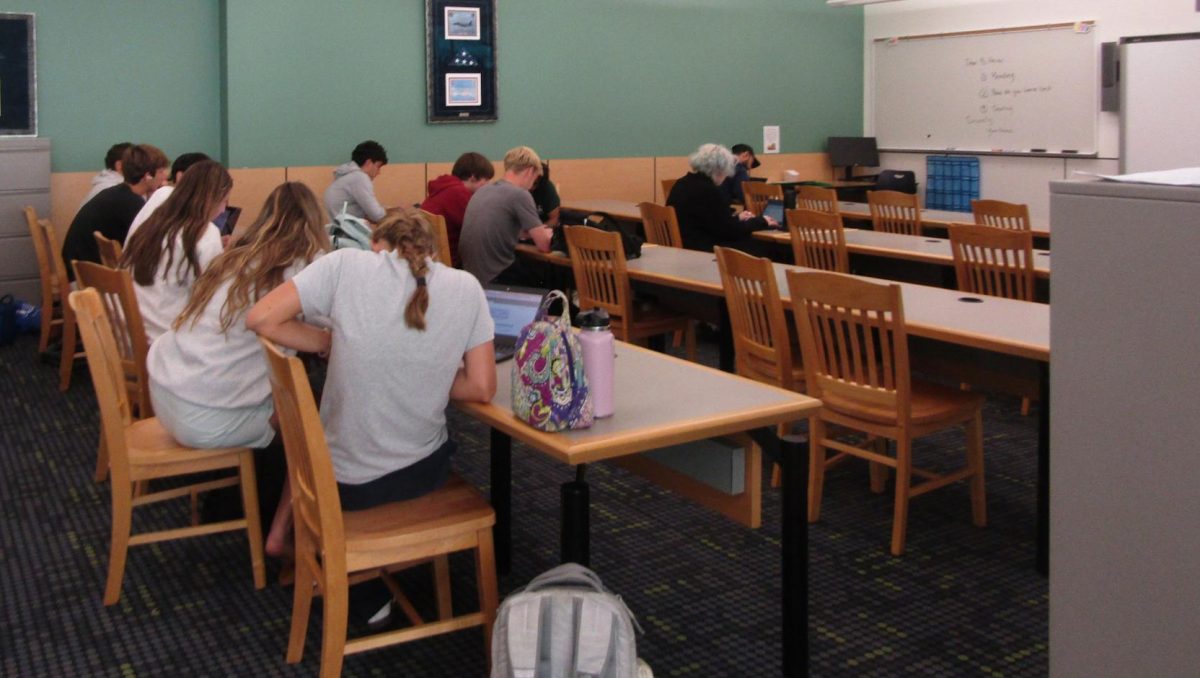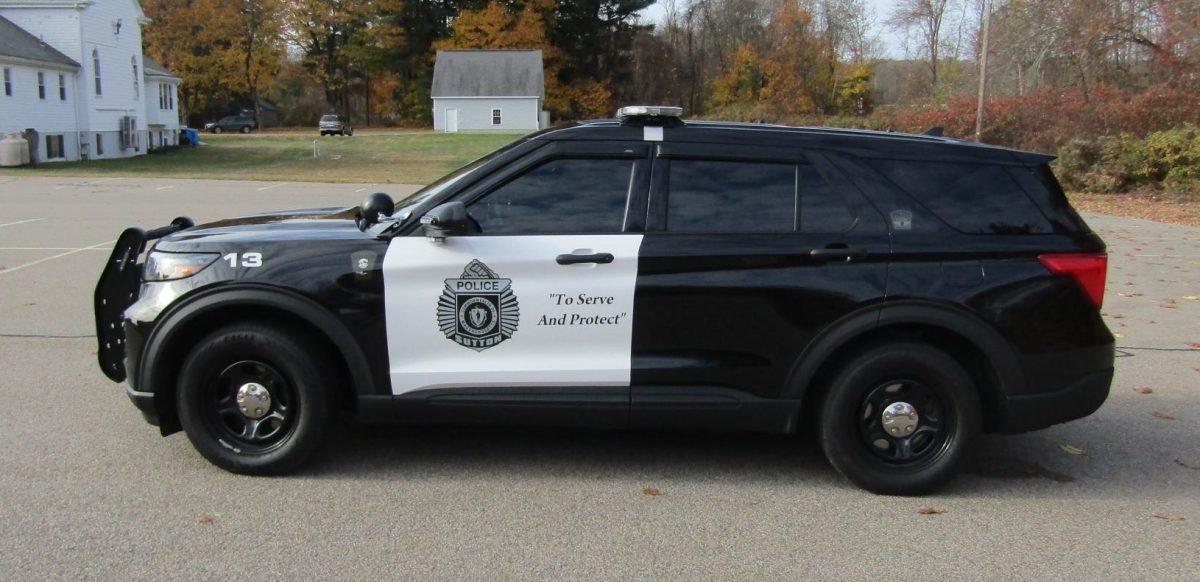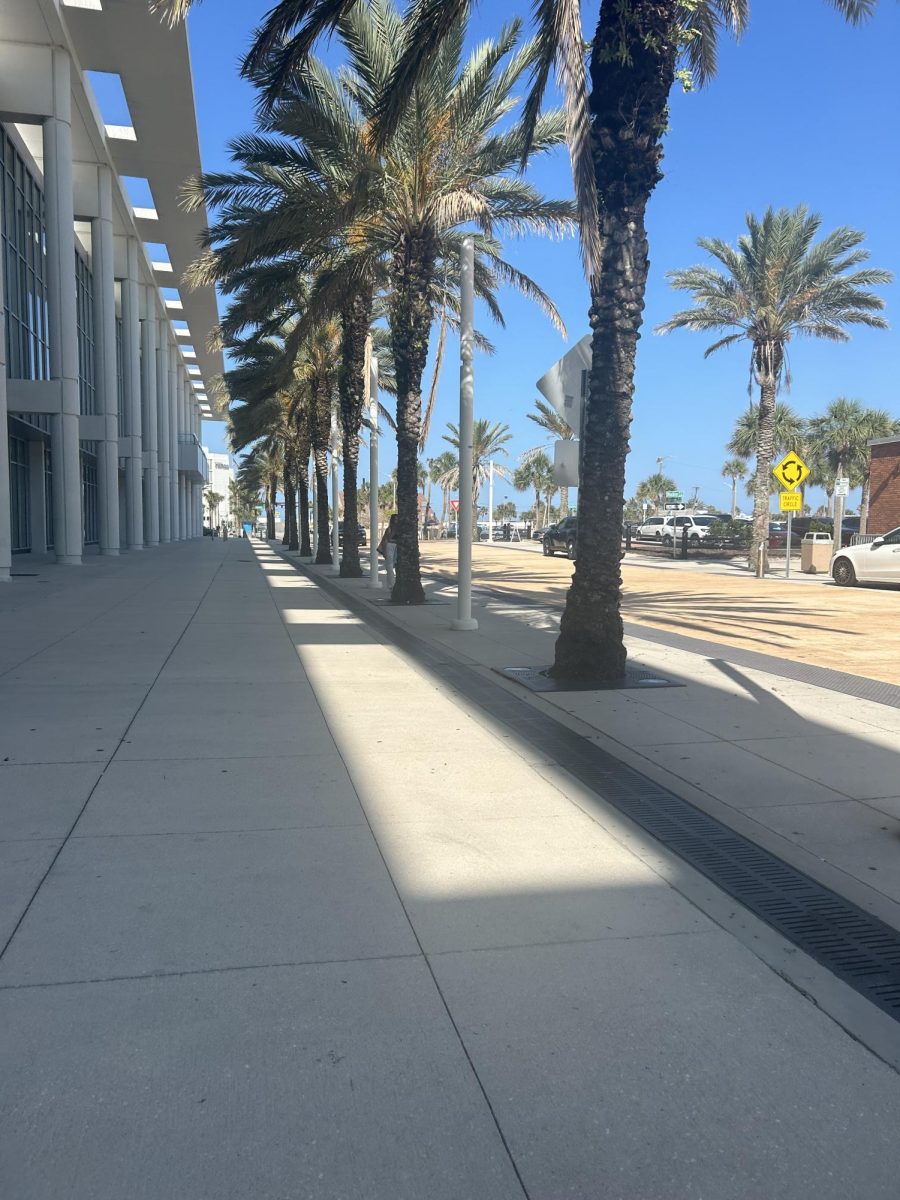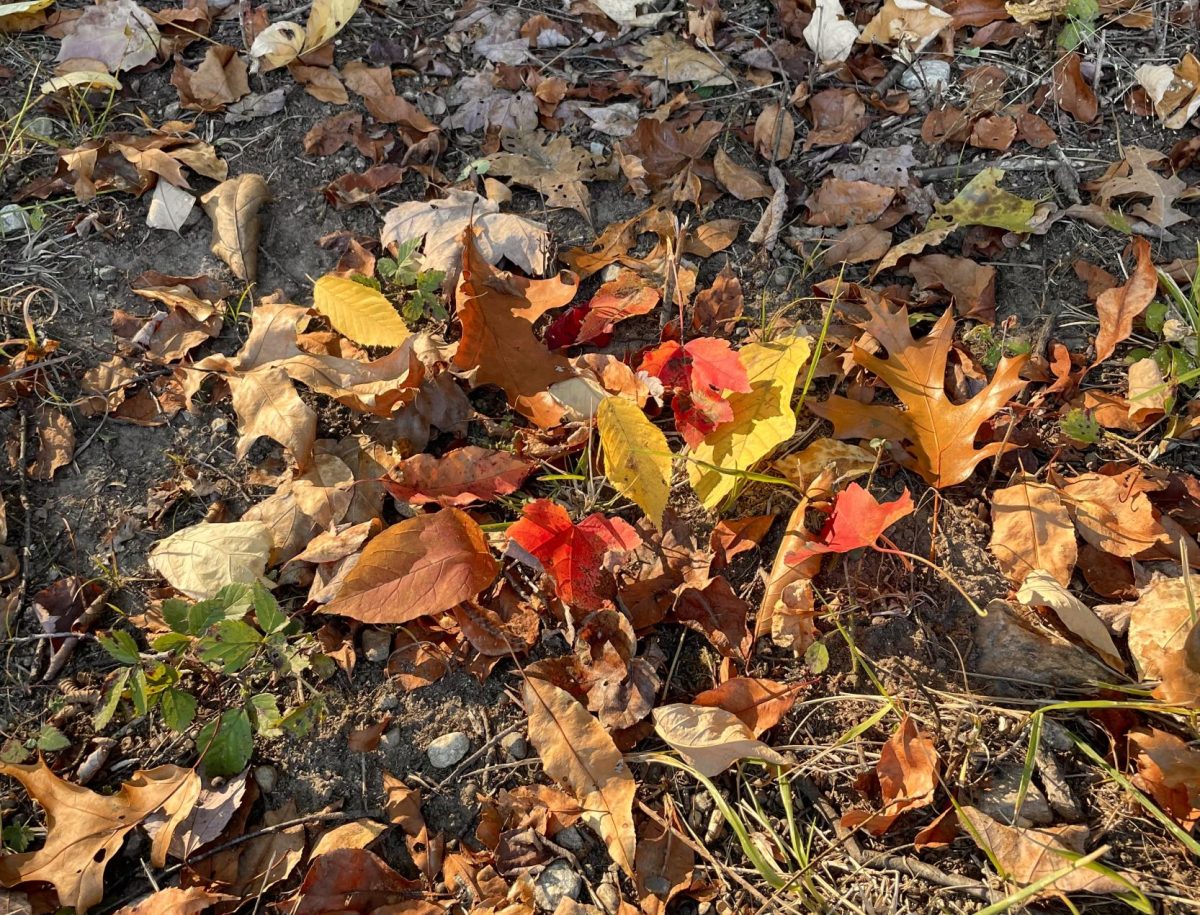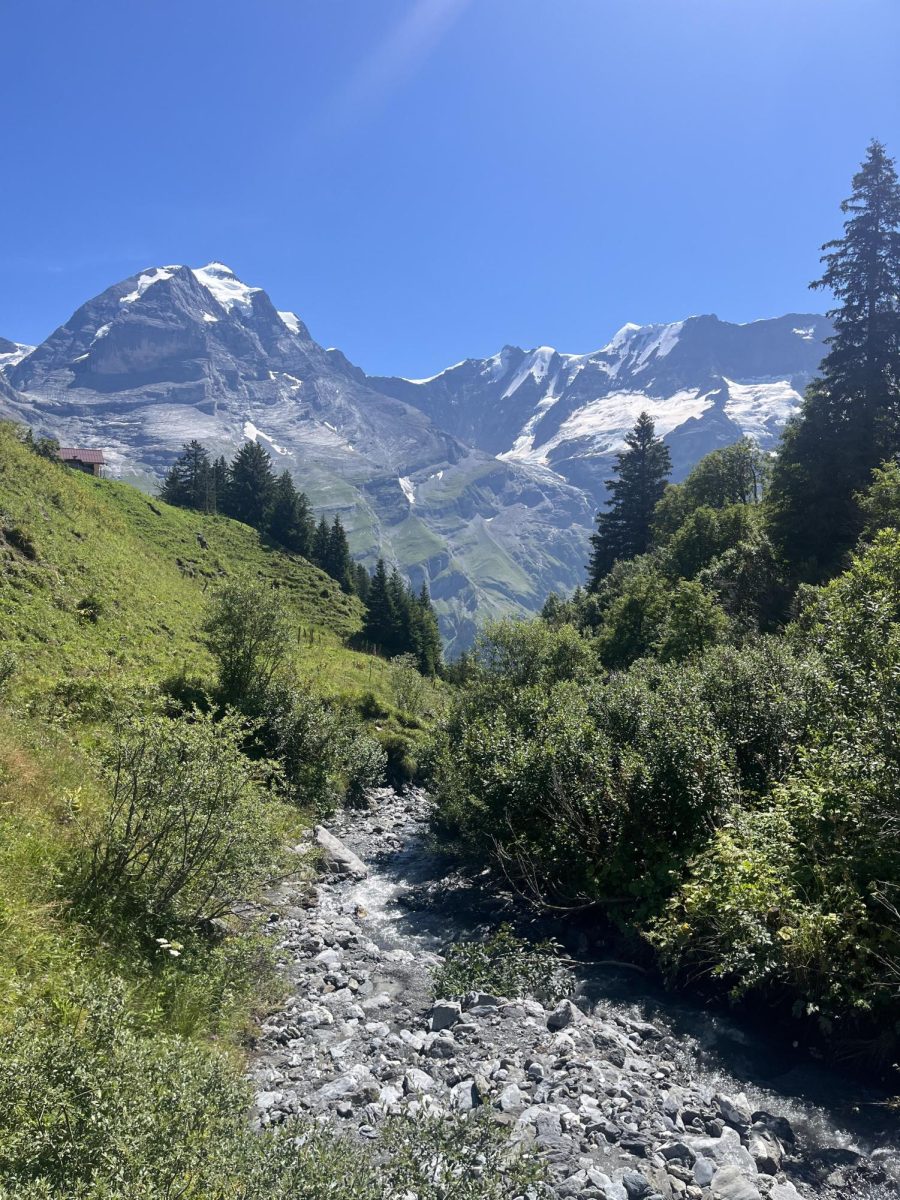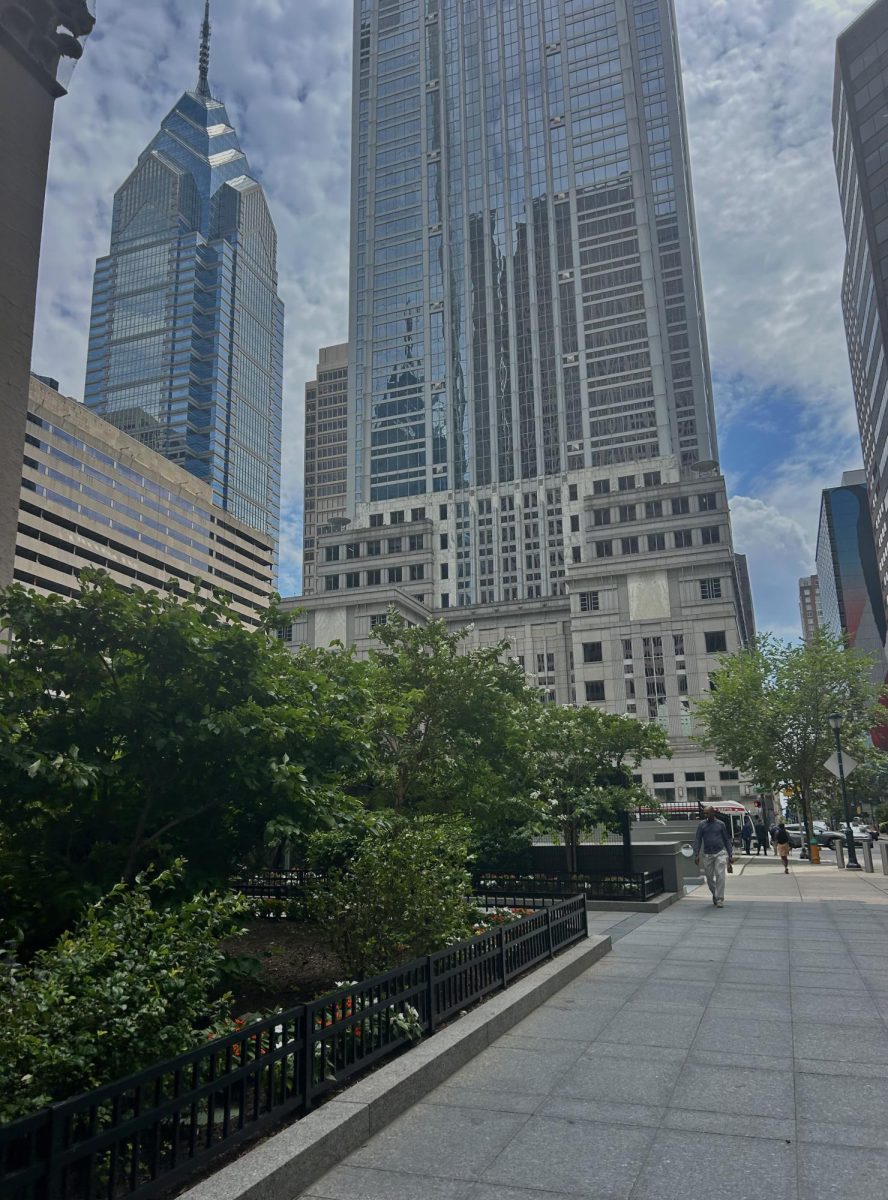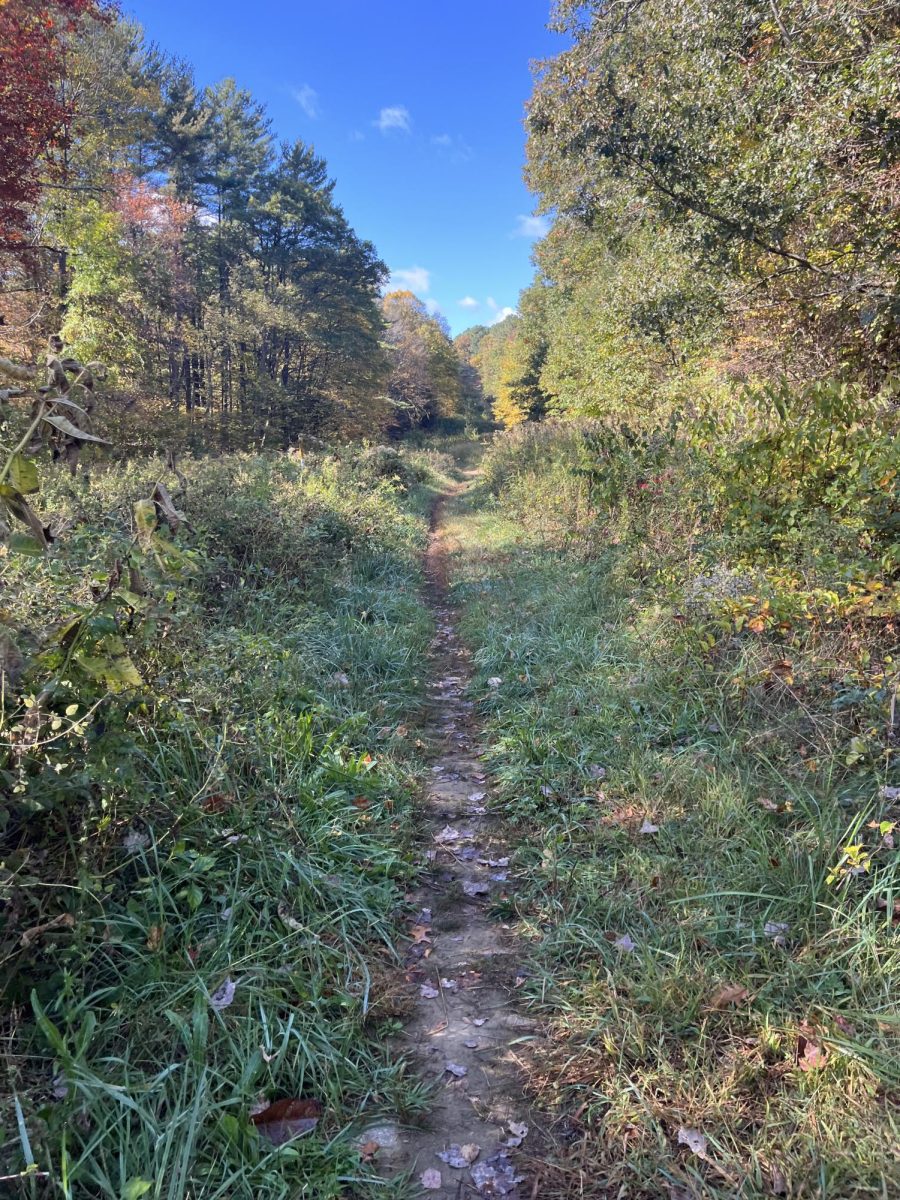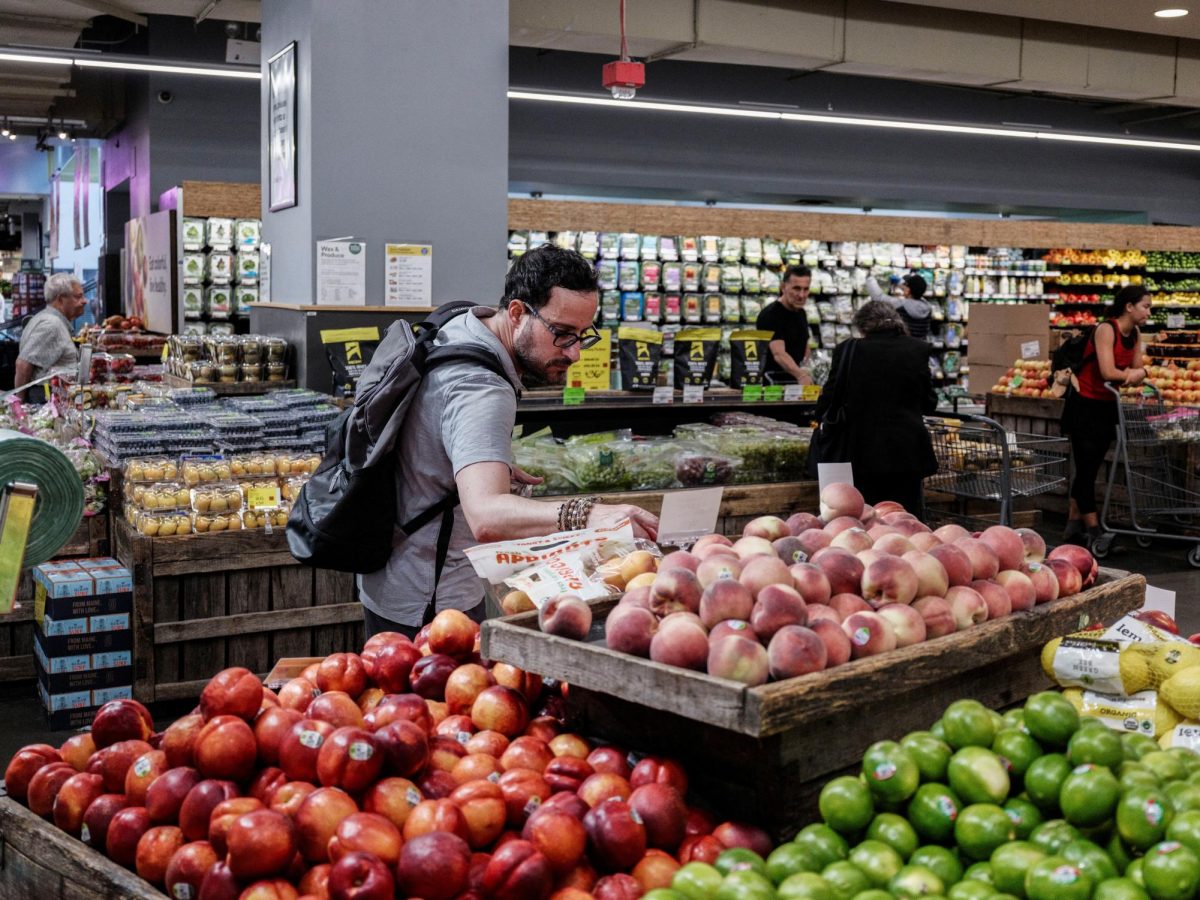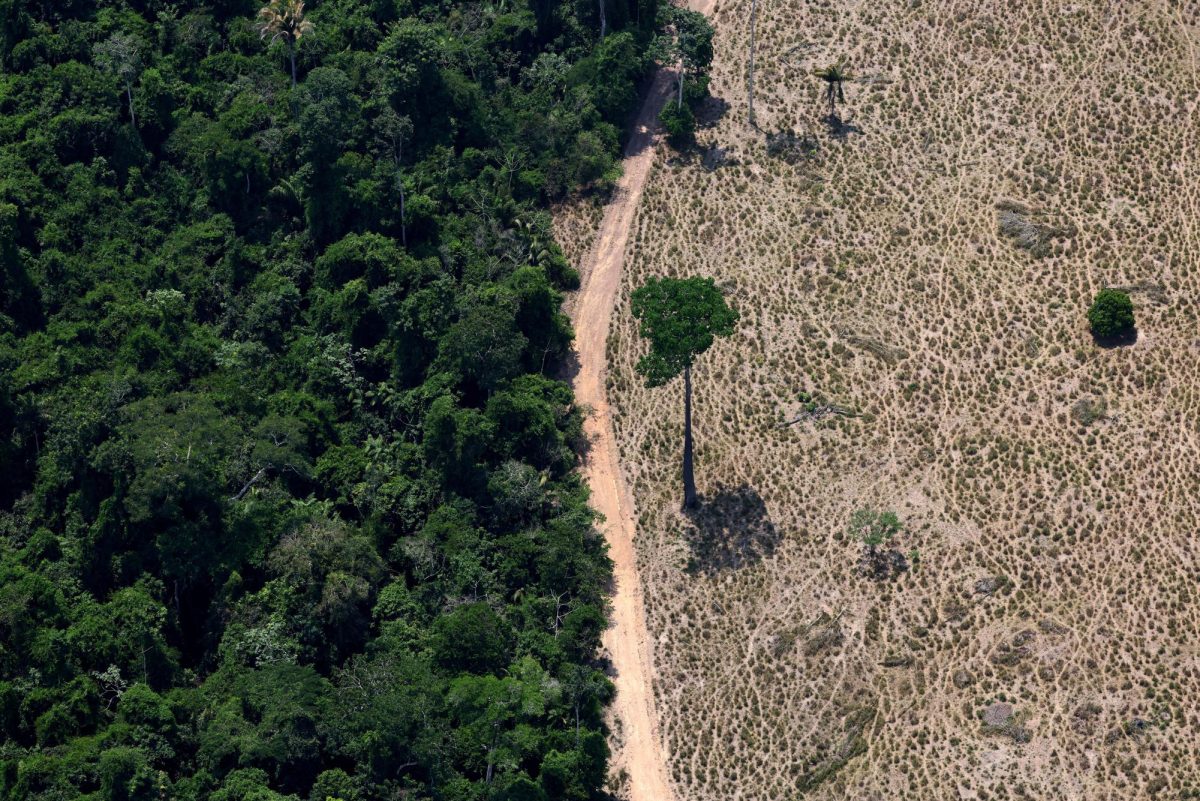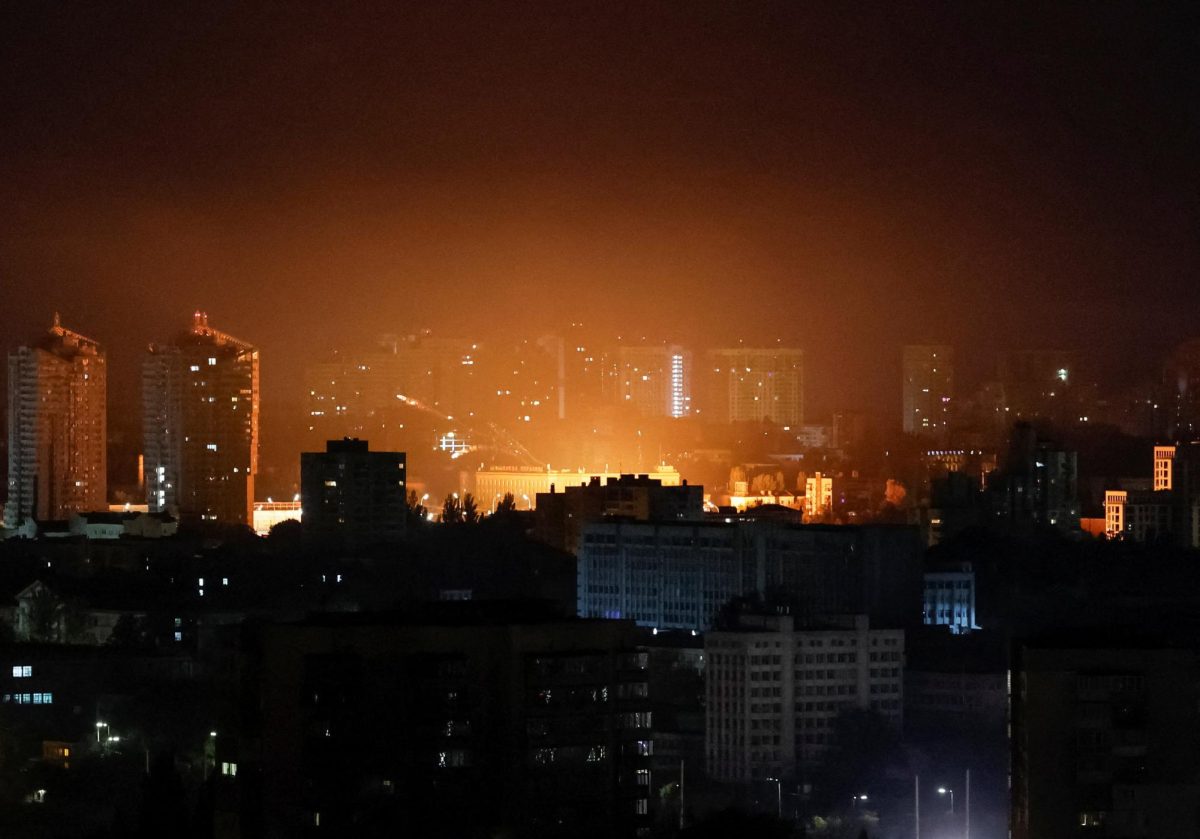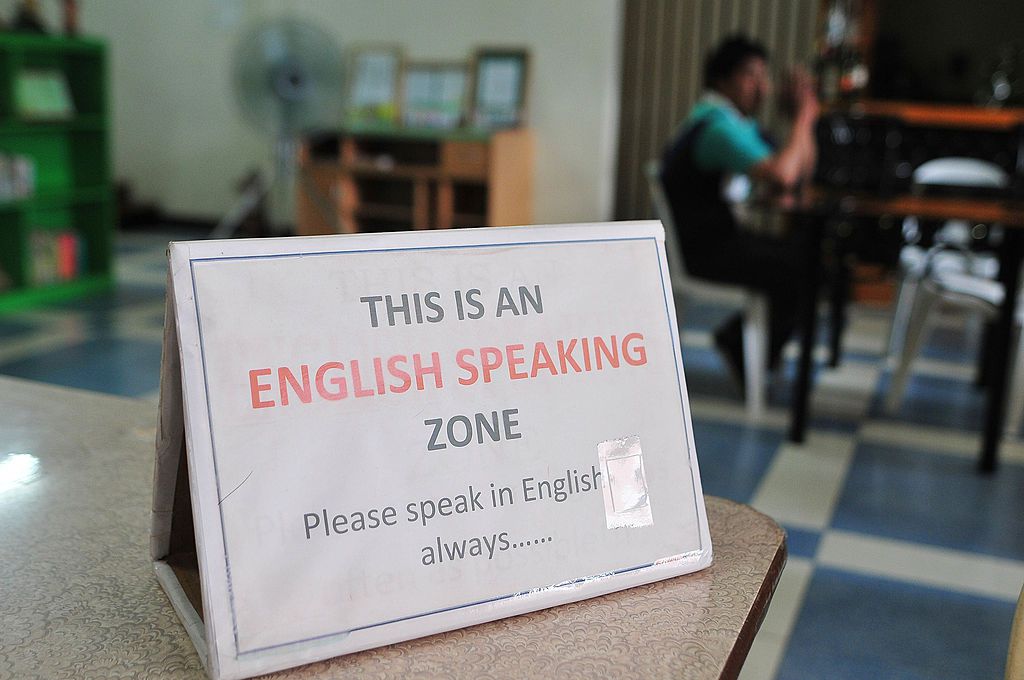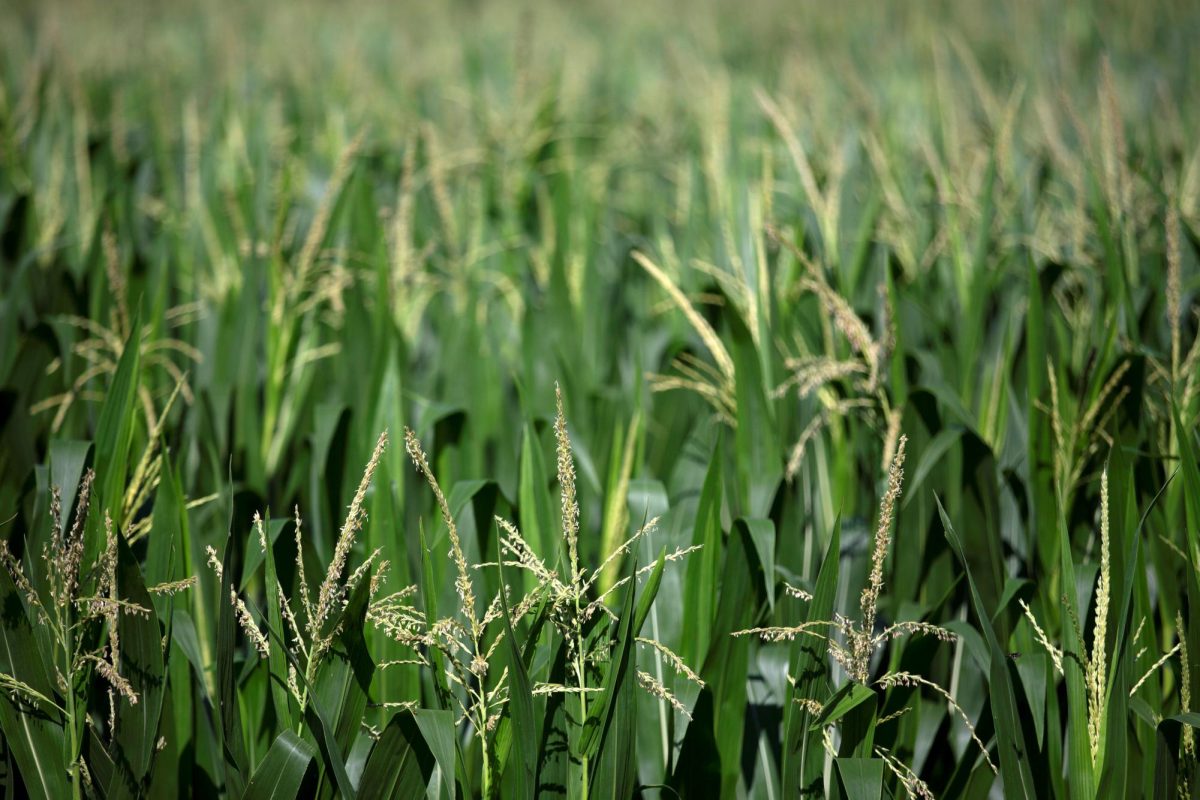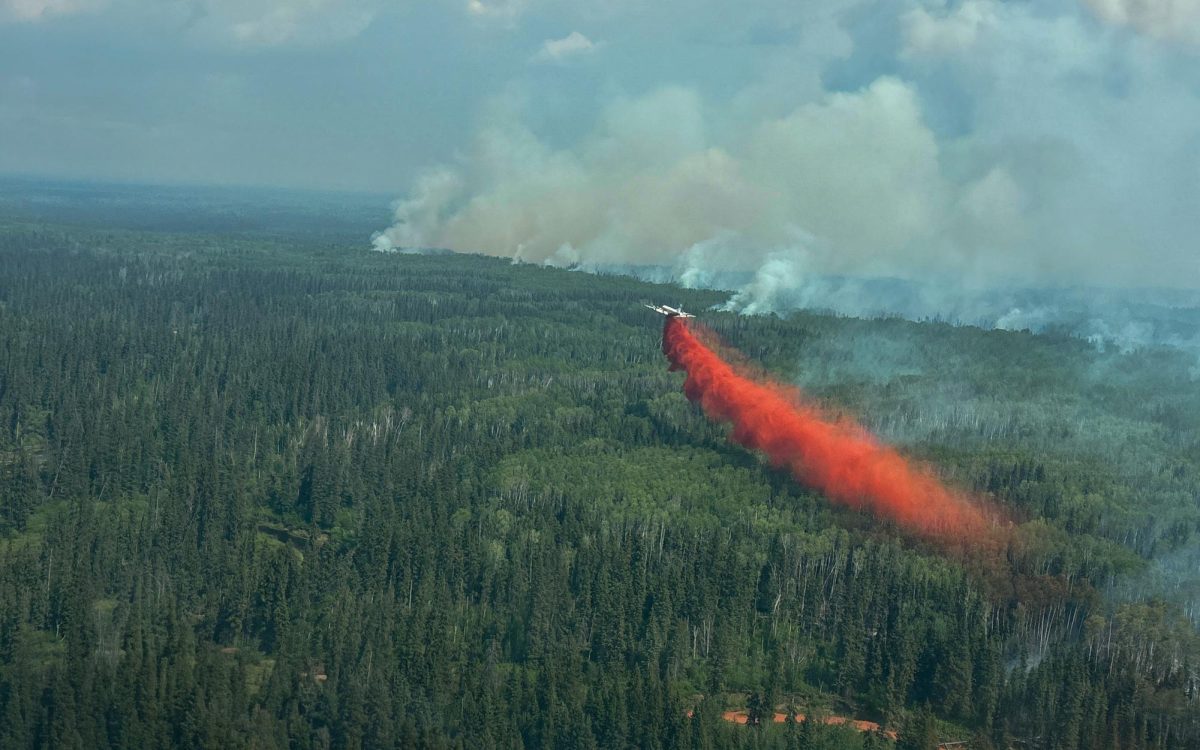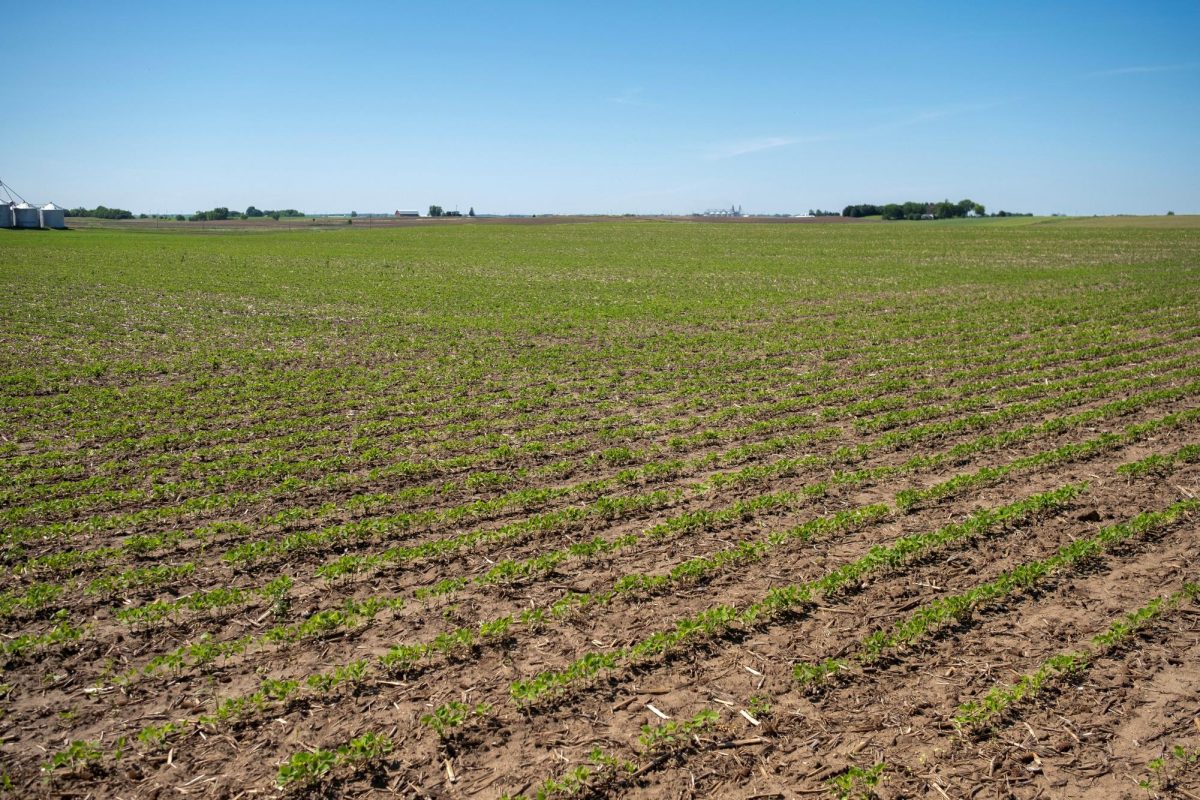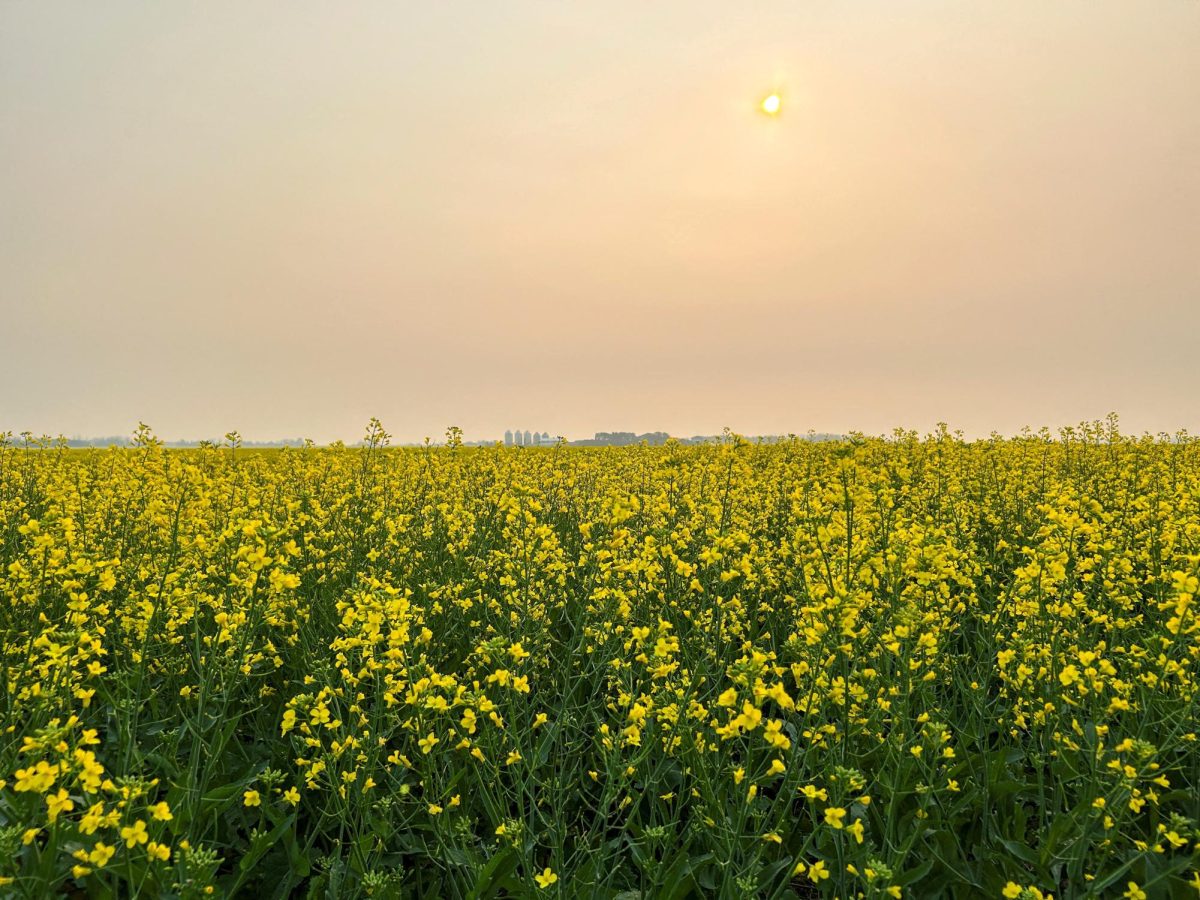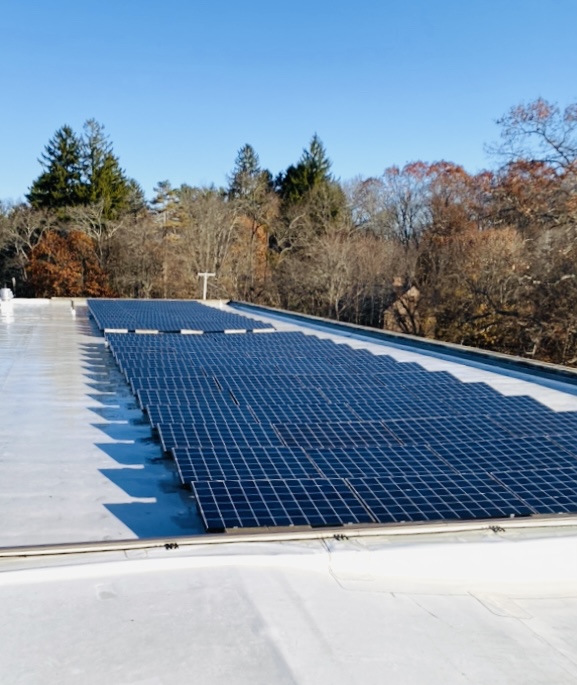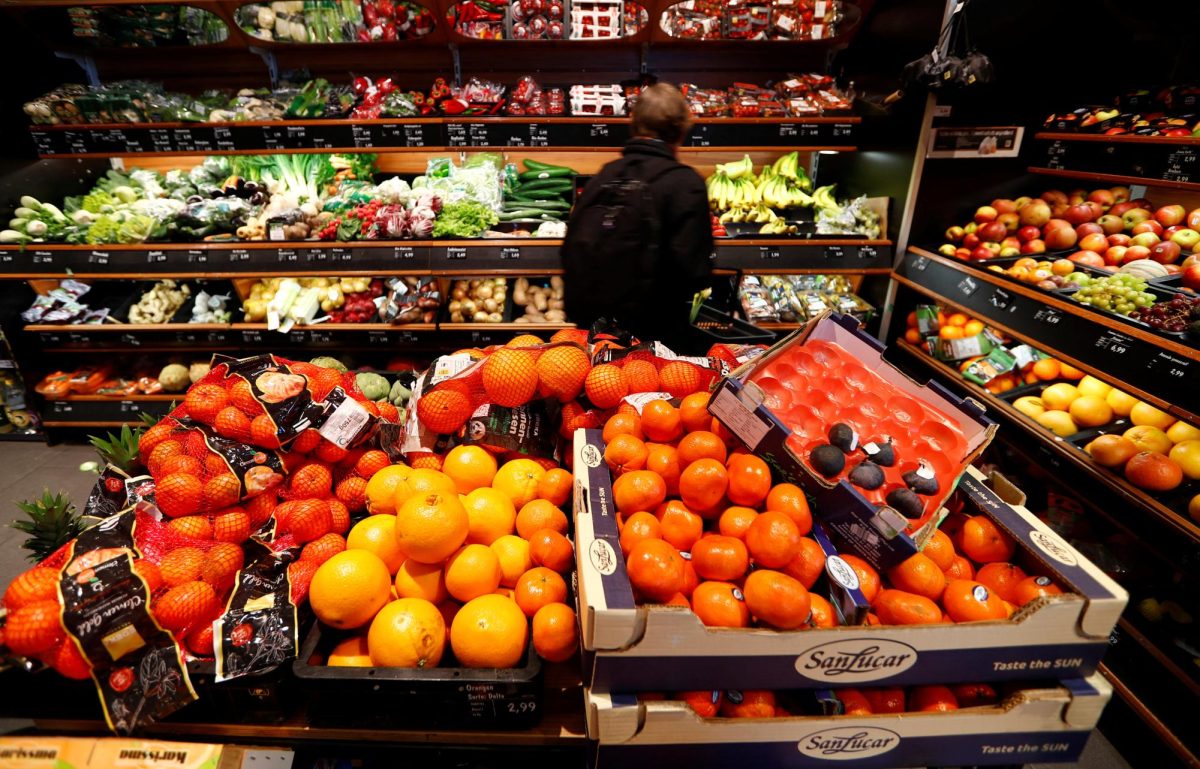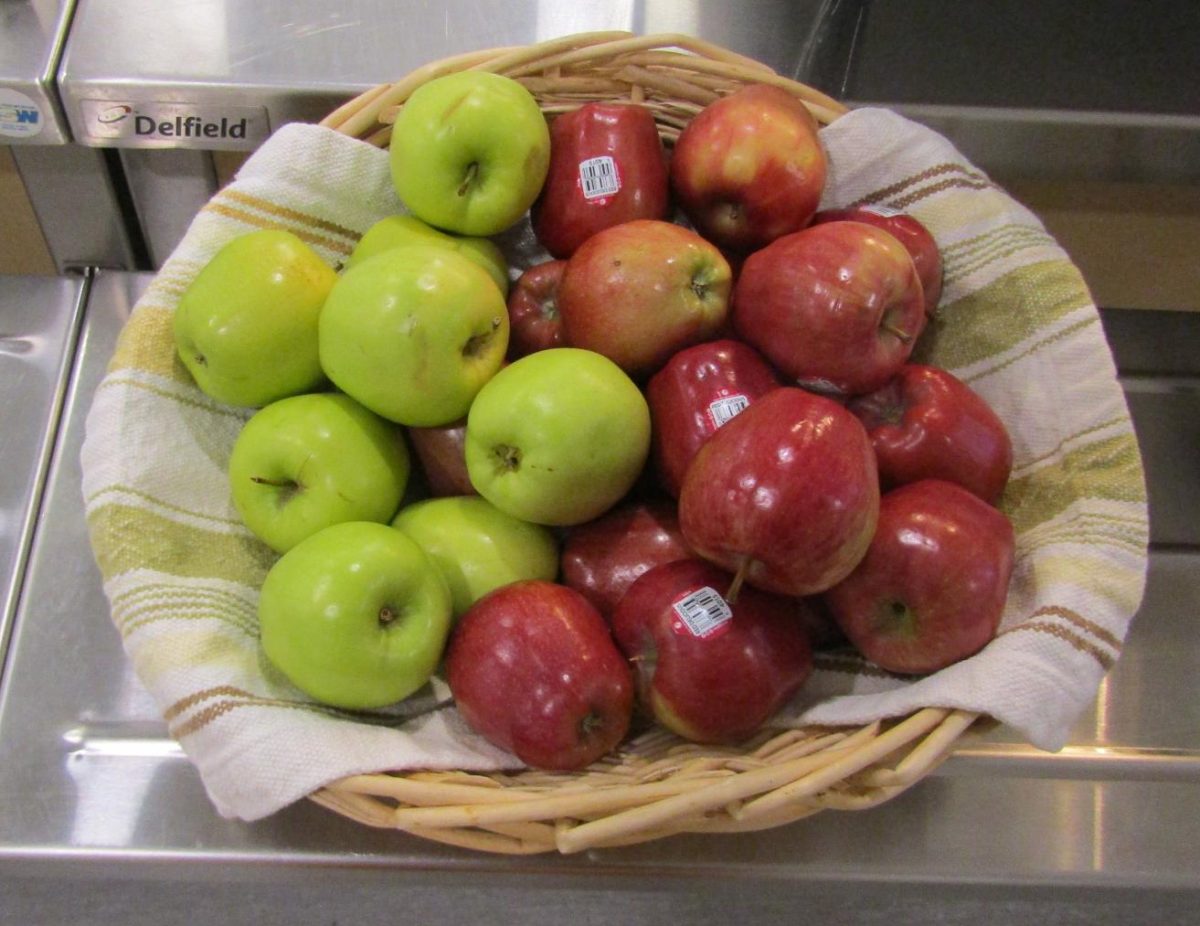Deforestation is the intentional clearing of woodlands. These woodlands are cut down mainly to build new properties.
Throughout world history, forests have been destroyed to make space for agriculture and animal grazing, to obtain wood for fuel, and for manufacturing and construction.
Deforestation has deeply affected landscapes around the world and has changed habitats. Two thousand years ago, 80 percent of Western Europe was forest; today, it is about 34 percent.
In North America, about half of the forests in the eastern part of the continent were cut down from the 1600s to the 1870s for timber and agriculture. Today the most deforestation is occurring in tropical rainforests, so they can build roads to areas that were once almost inaccessible.
Forests being taken down can affect climate change, soil pollution, the water cycle, and animals and plants.
Climate change is increasing due to deforestation. It is being changed due to trees being cut down; trees are known for their ability to absorb carbon dioxide. Since the trees in these forests are getting cut down, the carbon dioxide is staying in the air, which is contributing to the steep rise in global temperatures.
Next, soil pollution and the water cycle are affected by deforestation. Cutting down trees messes with the water cycle by decreasing precipitation and affecting river flow. Aside from their ability to help with water flow, trees help retain land water and sustain forest life by supplying the soil with rich nutrients.
Lastly, these forests are homes to many species of animals and plants, and deforestation is wrecking their homes. Cutting down these trees is leading to some species extinctions, and the nutrients from trees that go into the soil and a huge source of nourishment is what makes these animals and plants thrive. When the resources are taken, animals become weaker and more prone to disease.
Net loss is not the same as deforestation; net loss measures deforestation plus any additions to the forest over time.
Between the years 2010 and 2020, the net loss in woodlands all over the world was four point seven million hectares per year, but deforestation was at a much higher rate.
How can we save our forests and wildlife while keeping our climate steady?
Ending deforestation is our best solution to defend and protect our forest communities. There are movements to protect and save woodlands, and these are some steps to take to help improve the situation: reduce single-use products, educate your friends and family on how these actions every day impact forests all over the world, and support and listen to the voices of Indigenous peoples and traditional forest communities.



